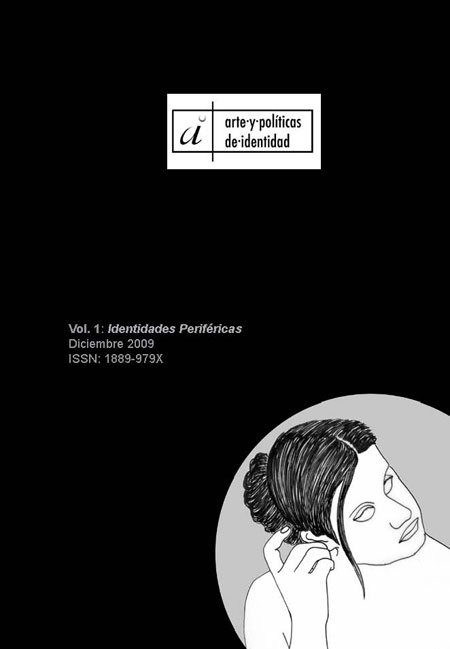Imágenes del desasosiego
Abstract
Images of Uneasiness: The work of Manuel Piña (Havana, 1958) begins in the 1990’s during the notorious “special period in peacetime”, one of the toughest times since the triumph of the Cuban Revolution. Despite the crudeness of this serious political and economic crisis, Manuel and many other artists were, in some way, encouraged and decided to express, through their work, the serious incidents derived from this crisis. Aided by the winds of renewal experienced by Cuban art of the eighties, the poetry of this great artist has brought about a major conceptual shift in Cuban photography. Thus, Manuel Piña’s artistic practice clearly subverted the propaganda value of documentary photography and built a way to of doing that managed to question and denounce the frayed edges of a political system. Through analysis of their images, we can understand how the traditional dogmas of the photographic medium are changed drastically. There is no place for “truth” and “objectivity”. A critical metaphor will now become one of the best allies of Cuban cultural production in the late twentieth century.Downloads
-
Abstract190
-
PDF (Español (España))182
References
Camnitzer, Luis (2003). New Art of Cuba. Austin: University of Texas Press.
Piña, Manuel (2001). No soy un fotógrafo. En, Boletín Electrónico Casa de las Américas. Tomado de Internet el 02/09/2009 http://www.paginadigital.com.ar/articulos/varios/casaamericas.html.
Mestro, Dany (2000). El acoso de los límites. Entrevista a Manuel Piña, Habáname. nº 2, pp. 43-44
Viera, Ricardo (2000). Entrevista a Manuel Piña, VVAA, From the nega-tive. Conceptual Photography from Cuba, Minneapolis: pARTs Photo-graphic Arts.
Works published in this journal are subject to the following terms:
- The Service of Publications from the University of Murcia (publishing house) keeps the published works’ copyrights, and favors and allows the reuse of these works under the license indicated in point 2.
- Works are published in the journal’s online edition under the license Creative Commons Reconocimiento-NoComercial-SinObraDerivada 3.0 España(texto legal). They can be copied, used, disseminated, transmitted and publicly exhibited, as long as: i) the author and original source of publication are cited (journal, publishing house and work’s URL); ii) they are not used for commercial purposes; iii) the existence and specifications of this license are mentioned.
3. Conditions for auto-file. It is allowed and encouraged that authors share electronically their pre-print version (the pre-reviewed version) and /or post-print version (the reviewed and accepted version) of their Works before the publication, since it promotes its circulation and dissemination. RoMEO color: green.










